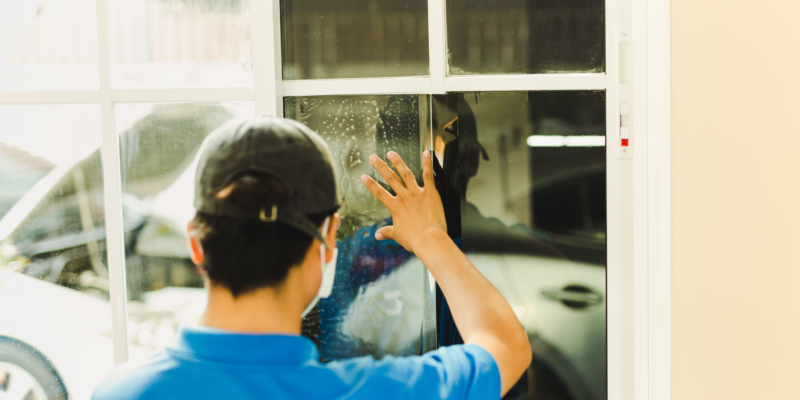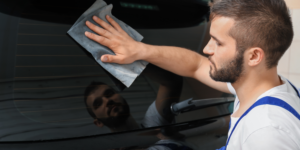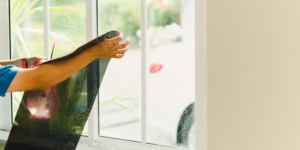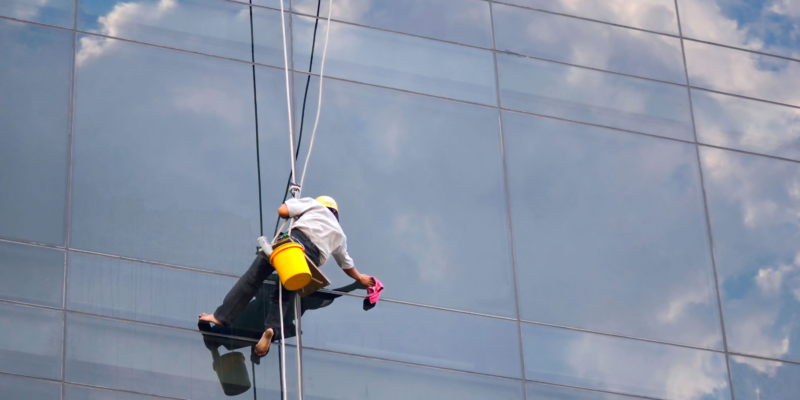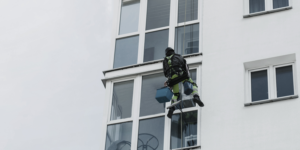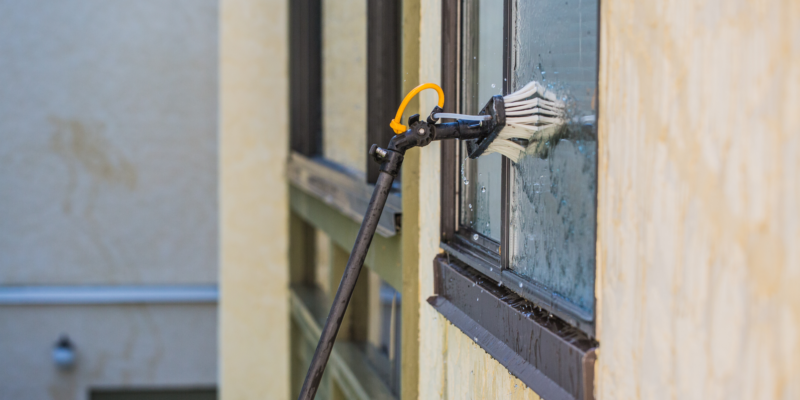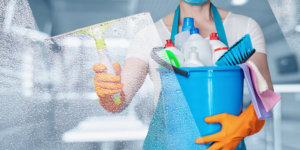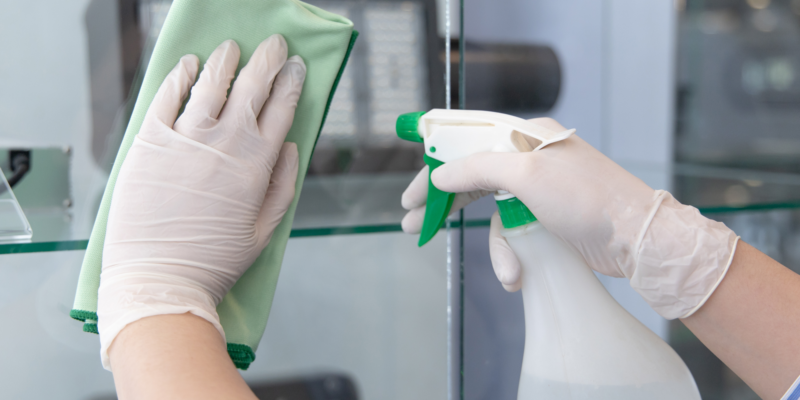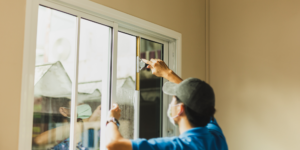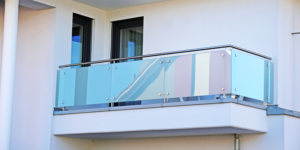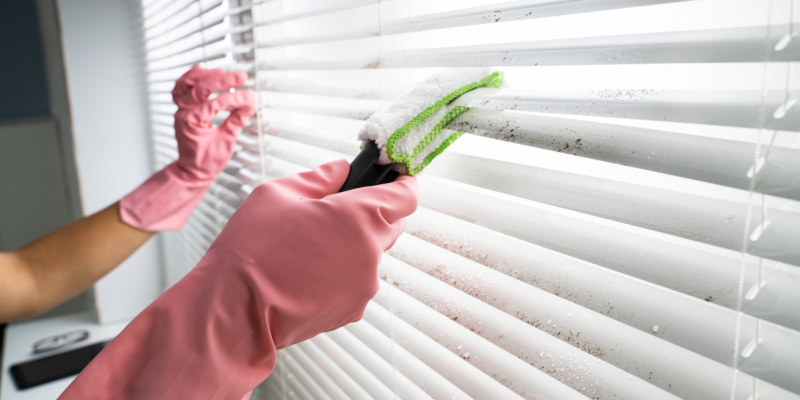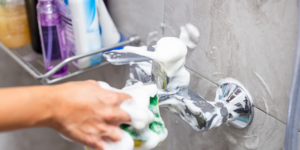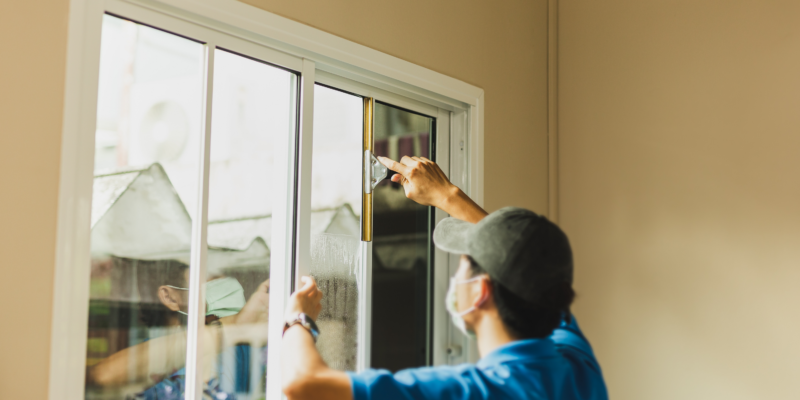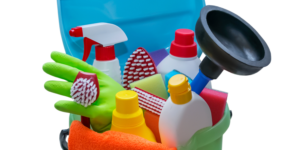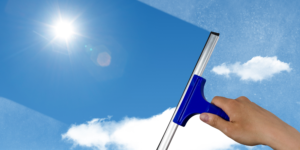Envision yourself driving down the road, enjoying the shade and seclusion offered by your window tint. So much joy! Have you lost sight of everything because of those streaks and smudges? Oh no! Some much-needed TLC is in order for those tinted windows.
Tinted windows provide visual appeal, improve performance, and extend the life of your vehicle or house when kept clean and clear. To keep the fine film that provides all those benefits intact, washing them requires a careful touch and precise techniques.
We’ll go into detail on tinted windows, including the many varieties available and how to maintain them properly.
Getting to Know the Many Tints
There are a number of different kinds of window tints that you may buy. Different types cater to individual demands and tastes with their own unique benefits and characteristics. Knowing these differences can help you choose the best window tint.
Dyed window film is a popular option since it gives the impression of a deeper shade and enhances seclusion. Absorbing solar heat and minimizing glare are the two main functions of this hue. Metalized window film is another popular choice; it contains small metallic particles that deflect heat away from the building or vehicle.
Another option to explore if you’re seeking improved heat rejection qualities is ceramic window film. In order to filter out infrared light while letting visible light through, this tint makes use of ceramic nanoparticles.
Another option is hybrid window film, which uses a combination of technologies to provide exceptional heat rejection, privacy, and long-term durability. You can choose the ideal hue for your needs by learning about the various varieties and what makes them special.
Cleaning Supplies Needed for Tinted Windows
If you want a safe and effective way to clean tinted windows, you need the correct supplies. Everything you need to clean your tinted windows effectively is right here.
You should start by acquiring a mild glass cleaner that is made for use on tinted surfaces. Because they can harm the window tint, harsh chemicals and cleansers containing ammonia are not to be used. Try to find a window cleaner that specifically says it is safe to use on tinted windows.
The next step is to collect some lint-free towels or gentle microfiber cloths. Because they are gentle and won’t leave behind any fibers or scratches, these materials are perfect for washing tinted windows. Because the window film is sensitive, you should not clean it with paper towels or abrasive sponges.
A little squeegee tool would be a good addition to the window cleaner and clothes. If your glass gets too wet, this helpful tool will help dry it out without stains. To avoid damaging colored surfaces, select a squeegee with a rubber blade.
You should probably keep a clay bar kit available in case you ever get those pesky wet spots or tenacious stains on your windows. To remove dirt and grime from windows without destroying the film, use a clay bar. When using this product, make sure you follow the instructions in the letter.
To clean your tinted windows in a way that won’t damage them and keep them looking like new, gather all of the supplies listed below before you begin.
A Comprehensive Manual for the Safe Cleaning of Tinted Windows
First, collect all of your supplies. Make sure you have the proper equipment before you begin washing your tinted windows. A squeegee, a microfiber cloth, a bucket, gentle soap, or window cleaner made for tinted windows are all necessary tools.
Make a cleaning solution in Step 2. Put a little of the gentle soap or window cleaner into a pail of hot water. The tint film is delicate and can be damaged by abrasive cleansers or strong chemicals.
Third, moisten the window. Moisten the entire window pane with the cleaning solution using a sponge or cloth. If you oversaturate it, water will leak into the tint’s pores and ruin it.
The fourth step is to clean gently. Lightly use circular or back-and-forth motions to wipe the window surface clean of any dirt or grime. Scrubbing too vigorously could damage or remove the hue.
Step 5: If needed, rinse again. Before moving on to the next area, make sure to rinse your cloth or sponge well after cleaning one side of each window. If any dirt remains, repeat steps three and four. Never dry a large area all at once; doing little parts gives you more time to dry each area thoroughly.
Step 6: Use a lint-free cloth to dry. Once you’ve given each window a good washing, use a dry microfiber cloth to wipe in straight lines from top to bottom to remove any remaining moisture.
You can clean your tinted windows without damaging them if you follow these easy steps! You can keep them looking like new for a long time with this kind of routine care.
Maintenance Advice for Tinted Windows
- Pick a gentle, non-abrasive cloth: This is the first and most important step in cleaning your tinted windows. To avoid damaging the tint film, use a gentle microfiber or lint-free cloth.
- Stay away from cleaners that include ammonia: Tinted windows aren’t safe for use with most household glass cleaners. Try using a mild soap and water solution instead, or seek out cleansers made for colored surfaces.
- Make light, straight strokes as you wipe off the tinted windows; sweeping in a circular motion could leave swirl marks and harm the film. Stroke gently in vertical lines from top to bottom instead.
- When washing your tinted windows, be sure to pay special attention to the edges. These spots are prone to dirt and debris collection, so be careful to gently remove any accumulation.
- Check for damage on a regular basis: If you have tinted windows, you should check them for scratches, peeling, or bubbling on a frequent basis. Get in touch with a professional window tinter as soon as you see any problems so they don’t get worse.
- Always park in a shady area; long-term exposure to strong sunshine can fade and damage window tinting. Protect your investment by parking your vehicle under shade or using sunshades whenever possible.
- Consider hiring a professional cleaning service that specializes in safely cleaning tinted surfaces if necessary: While regular cleaning is usually enough to keep tinted windows clean and clear, there are times when you may encounter tough stains or buildup of dirt that won’t budge.
To keep your tinted windows looking fantastic and enjoying all their benefits, remember these guidelines for maintenance.
Avoiding Common Errors
A lot of individuals make the same blunders when washing tinted windows. If you want your window tints to last and look great, avoid these mistakes.
If your windows are tinted, you should not use abrasive products or strong chemicals on them. Scratches or damage to the tint film from these can be quite expensive to fix or replace. A gentle cleaner made especially for tinted windows and microfiber cloths are better options.
In addition, you should not skip out on routine maintenance. Maintaining the optimum condition of tinted windows necessitates frequent washing and upkeep. In addition to reducing the tint’s lifespan and impacting visibility, dirt buildup can result from ignoring this.
Another thing that can hurt is scrubbing too harshly when cleaning. In order to avoid harm, delicate wiping movements are essential. If you want to keep the window film in good condition, you shouldn’t use harsh instruments or apply too much pressure.
One such typical mistake is not remembering how to dry things properly. When rainfall drops land on tinted windows, they can dry and leave behind ugly streaks. Always use a dry cloth or squeegee to remove excess water after washing to avoid this problem.
You can extend the life of your tinted windows and keep them looking great by avoiding these typical maintenance mistakes.
Conclusion: Maintenance of Your Tinted Windows
Keeping your tinted windows clean is important for both their appearance and their functionality. In order to keep your tinted windows clean and damage-free, follow the methods provided in this tutorial.
Be careful not to scratch your tinted windows by using abrasive tools or strong chemicals; instead, follow the cleaning instructions carefully and gently. Be cautious while selecting a cleaning designed for window tinting or try a homemade solution made of gentle soapy water.
If you want your tinted windows to last as long as possible, there are a few extra things you can do: stay out of direct sunlight during peak hours, dust the surface often, and use a soft microfiber cloth instead of a harsh sponge or towel.
Avoid using ammonia-based cleaners or scraping persistent stains with sharp instruments; these are common blunders that can damage your tinted windows. The film may peel or bubble as a result of these processes.
Your tinted windows will retain their beautiful appearance and year-round benefits with regular maintenance and safe cleaning practices. Feel free to open the shades and let in some natural light!
Now that you know how to maintain the quality of your tinted windows while keeping them clean and clear, it’s time to start making them sparkle!

